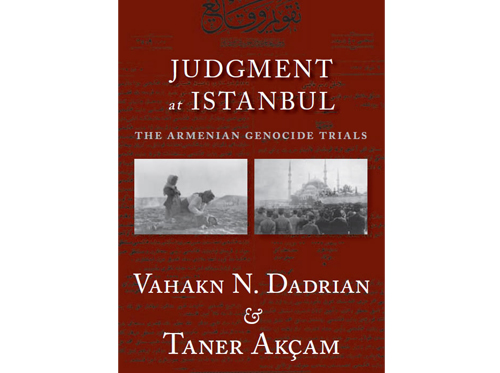By Daphne Abeel
Special to the Mirror-Spectator
This is an important book. Vahakn Dadrian and Taner Akçam, one Armenian, one Turkish, both noted scholars of the Armenian Genocide, have written a study of the Genocide trials conducted in the waning days of the Ottoman Empire, that documents irrefutably the facts. Using a multiplicity of sources, they have chronicled in meticulous detail the criminal prosecution of the perpetrators by means of the Ottoman Special Military Tribunal.
In particular, the courts martial, which took place over a period of three years (1919-1922) point to the powerful role played in the Genocide by the top leaders of a militarized political party, namely the Committee of Union and Progress (CUP).
The trials, which were an unusual occurrence, being an instance of prosecution by the Ottomans of their own citizens, took place for two basic reasons: the widespread outrage aroused by the knowledge of the terrible crimes in the international community and pressure from the Allies, notably the British.










